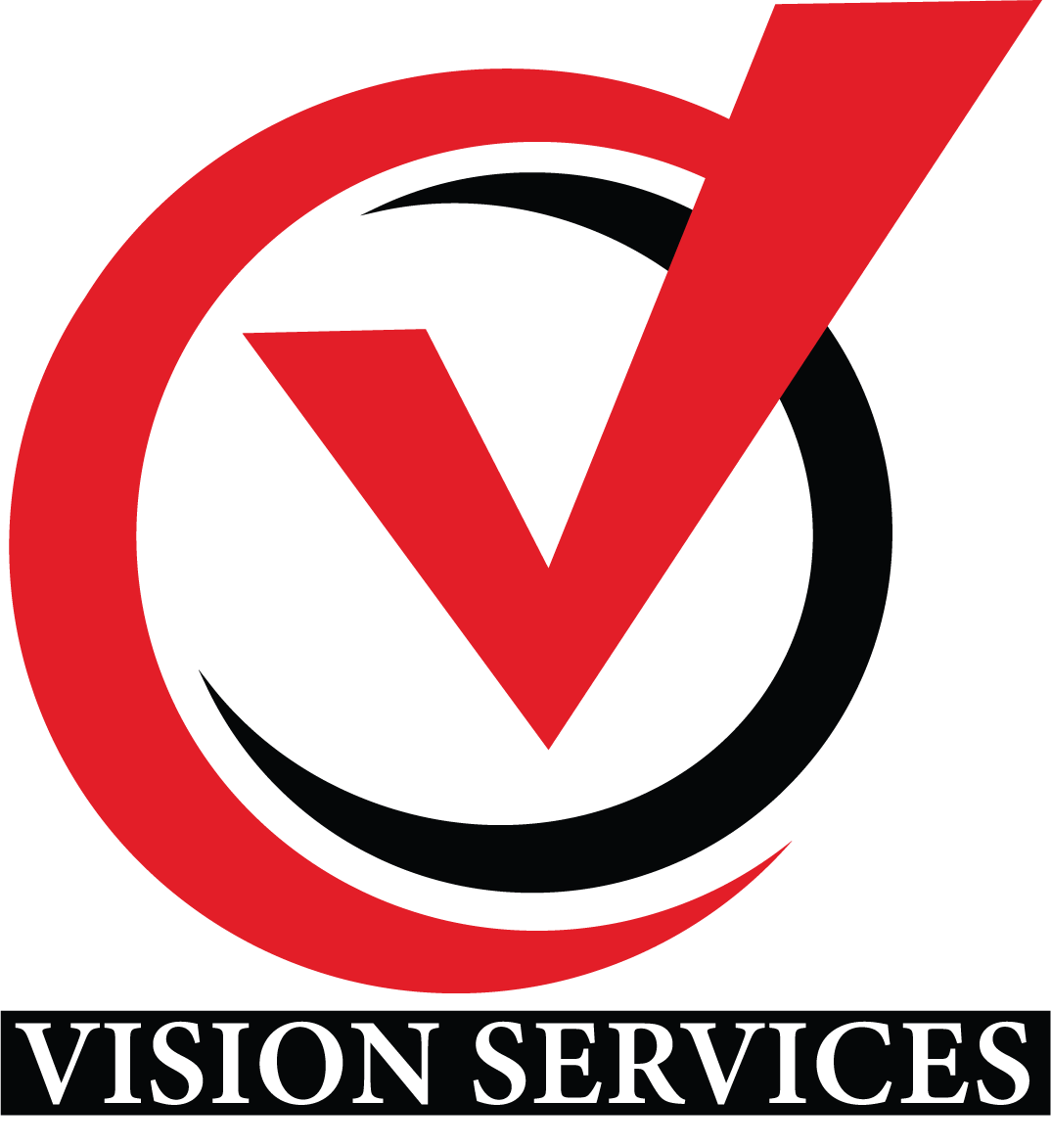In today’s fast-paced business world, companies face constantly changing market demands, project deadlines, and seasonal fluctuations. Managing a workforce that can adapt quickly to these changes is essential for maintaining productivity and staying competitive. This is where temporary staffing becomes a strategic solution.
Temporary staffing allows organizations to hire employees for short-term projects, seasonal requirements, or specialized tasks. Unlike permanent hiring, temporary staffing provides the flexibility to scale the workforce up or down without long-term commitments, helping businesses respond efficiently to market dynamics.
What is Temporary Staffing?
Temporary staffing, also known as temp staffing or contract staffing, involves hiring employees for a limited period. These employees may work for weeks, months, or specific project durations depending on business needs. Temporary staff can work in various roles, including administrative, technical, operational, or customer-facing positions.
Key characteristics of temporary staffing include:
- Short-term employment agreements
- Flexibility in workforce size
- Access to specialized skills as needed
- Often facilitated by staffing agencies
Why Workforce Flexibility Matters
Workforce flexibility is critical for businesses looking to thrive in a dynamic market. It allows companies to:
- Adapt to Seasonal Demand – Retailers during festive seasons or logistics companies during peak shipping times can quickly scale up staff.
- Manage Project-Based Work – IT firms, construction companies, and marketing agencies often require temporary experts for specific projects.
- Reduce Operational Costs – Hiring temporary staff for short-term needs avoids long-term salary commitments.
- Maintain Productivity – Proper staffing ensures that regular employees are not overburdened during high-demand periods.
- Respond to Market Changes – Temporary staff allow organizations to react quickly to changing client or market requirements.
Benefits of Temporary Staffing
Temporary staffing offers multiple advantages for both businesses and employees:
1. Cost Efficiency
Hiring temporary employees reduces overhead costs associated with permanent employees, such as benefits, insurance, and retirement contributions. Companies pay only for the period of work needed.
2. Scalability
Businesses can easily scale their workforce based on workload, business cycles, or project requirements. Temporary staffing ensures agility without overstaffing during low-demand periods.
3. Access to Specialized Skills
Temporary staffing provides access to niche talent for short-term projects, helping businesses achieve project goals without committing to long-term employment.
4. Reduced Recruitment Time
Staffing agencies often maintain a pool of pre-screened candidates, enabling companies to fill positions quickly and efficiently.
5. Enhanced Employee Satisfaction
By maintaining an optimal workforce, temporary staffing prevents permanent employees from being overworked, leading to better morale and higher productivity.
6. Trial Period for Potential Employees
Temporary roles can serve as a trial period to evaluate employee performance before considering full-time employment.
Challenges of Temporary Staffing
While temporary staffing offers flexibility, it comes with challenges that need to be managed:
- Training and Onboarding – Temporary staff may require quick orientation to understand company processes.
- Retention – Temporary staff may leave once the contract ends, creating recurring recruitment needs.
- Integration with Permanent Teams – Ensuring temporary employees fit well with existing staff is important for team cohesion.
- Compliance – Adhering to labor laws, payroll, and contract obligations is essential to avoid legal issues.
Addressing these challenges with clear policies, structured onboarding, and proper planning ensures temporary staffing contributes effectively to workforce flexibility.
Best Practices for Effective Temporary Staffing
1. Partner with Trusted Staffing Agencies
Professional staffing agencies provide access to pre-screened, skilled candidates. They also handle recruitment, payroll, and compliance, reducing administrative burdens.
2. Define Clear Roles and Responsibilities
Clearly communicate job expectations, project timelines, and performance criteria to temporary employees. This ensures productivity from day one.
3. Streamline Onboarding
Implement digital onboarding tools, e-signatures, and orientation programs to integrate temporary staff quickly.
4. Maintain Open Communication
Regular feedback and communication with temporary employees enhance engagement and ensure alignment with organizational goals.
5. Evaluate Performance
Monitor temporary staff performance to ensure project objectives are met. High-performing temps may be considered for permanent roles.
6. Plan Workforce Flexibility Strategically
Forecast peak periods, project timelines, and skill requirements to plan temporary hiring proactively rather than reactively.
Examples of Temporary Staffing Use Cases
- Retail Industry – Hiring seasonal staff during festive sales, product launches, or promotional events.
- IT and Software Companies – Engaging contract developers for short-term software projects or testing phases.
- Healthcare Sector – Temporary nurses, lab technicians, or administrative staff to manage patient surges.
- Manufacturing – Short-term workers for production spikes or plant expansions.
- Event Management – Hiring temporary coordinators, technicians, or customer service staff for large-scale events.
These examples demonstrate how temporary staffing provides operational flexibility across industries.
Future Trends in Temporary Staffing
The temporary staffing landscape is evolving with technology and changing workforce models:
- AI and Automation in Recruitment – Faster candidate screening and placement.
- Remote Temporary Staff – Virtual roles for digital projects, customer support, and back-office functions.
- Gig Economy Integration – Freelancers and independent contractors contributing to temporary workforce solutions.
- Data-Driven Workforce Planning – Analytics to forecast demand and optimize staffing levels.
- Focus on Employee Engagement – Enhancing temp employee experience to improve productivity and retention.
These trends will make temporary staffing even more efficient and strategic for workforce management.
Conclusion
In an era where businesses must adapt rapidly to market changes, temporary staffing enhances workforce flexibility by providing scalable, cost-effective, and skilled labor solutions. It allows organizations to meet seasonal demand, manage projects efficiently, and maintain employee satisfaction without long-term commitments.
By partnering with staffing agencies, defining clear roles, streamlining onboarding, and leveraging technology, companies can maximize the benefits of temporary staffing while minimizing challenges.
Ultimately, temporary staffing is not just a short-term solution—it is a strategic tool that empowers organizations to stay agile, productive, and competitive in a constantly evolving business environment.





